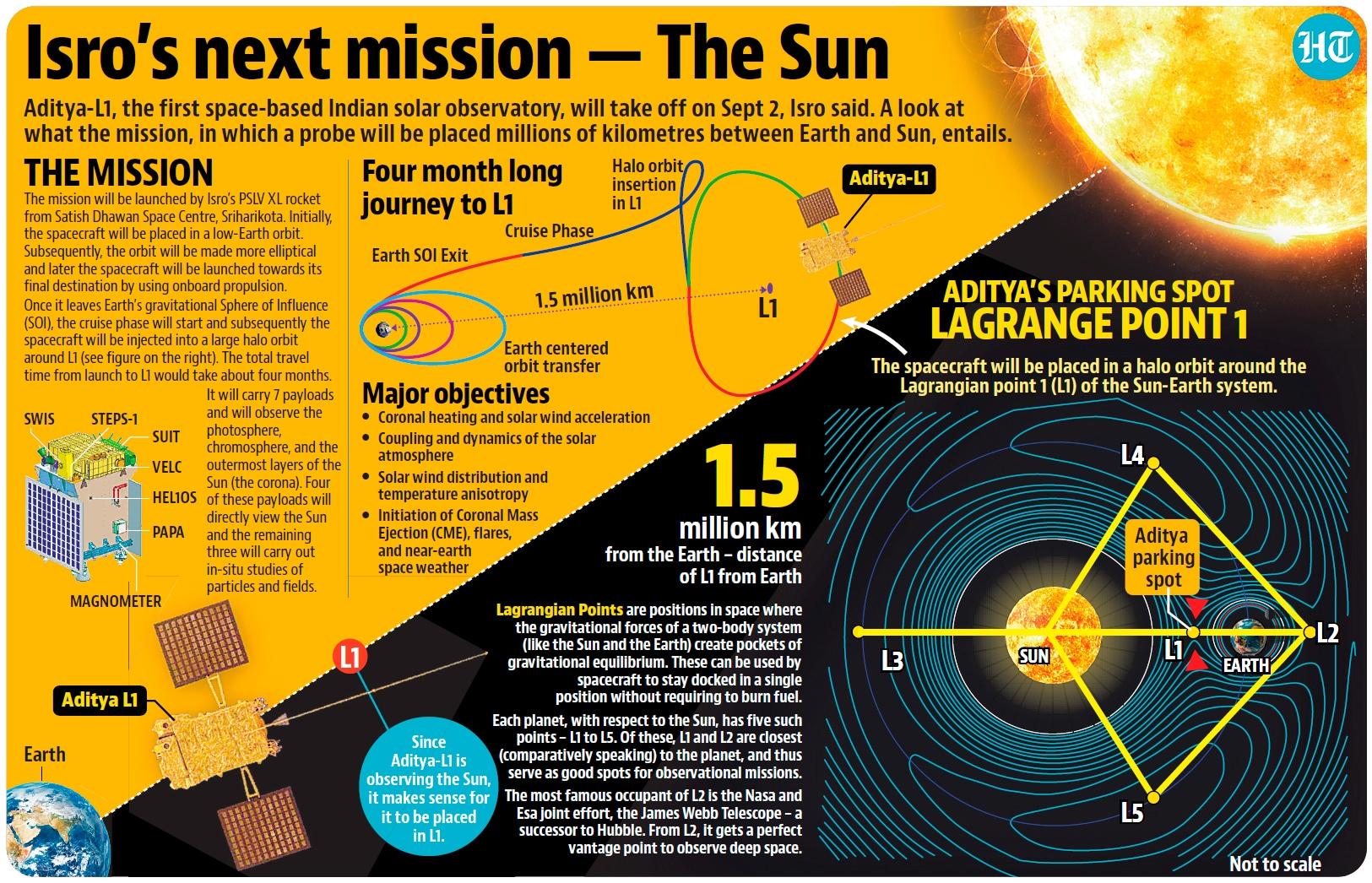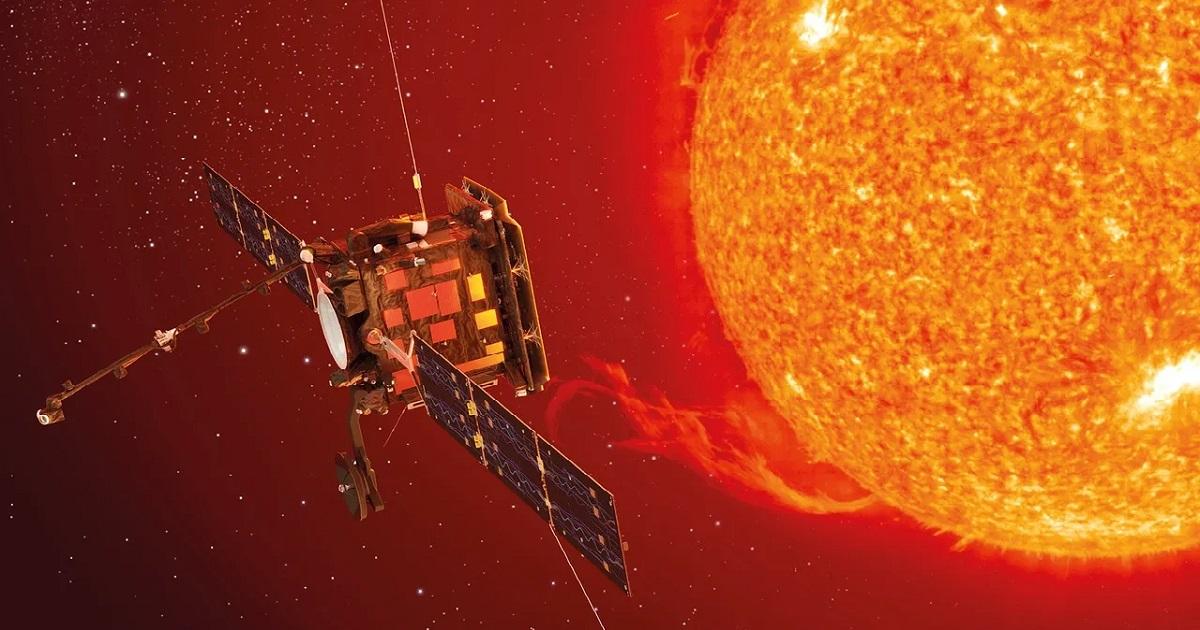After the remarkable success of the Chandrayaan-3 lunar mission, the Indian Space Research Organisation (ISRO) is embarking on a new and audacious venture—this time directed towards the heart of our solar system, the Sun itself. Named the Aditya L1 mission, ISRO’s spacecraft is all set to journey towards the Sun in early September, with a launch date scheduled for September 2.
Launching Towards the Sun

The majestic event will take place at the Sriharikota launch site in Andhra Pradesh, India. This strategic location has witnessed numerous historic launches and is now primed to witness another significant milestone in space exploration—the launch of Aditya-L1.
Unveiling the Aditya L1 Mission
Aditya-L1 is designed to delve into the enigmatic layers surrounding the Sun, specifically the photosphere and chromosphere. To achieve this, the spacecraft is equipped with seven advanced payloads, each serving a unique purpose in the mission’s quest to unravel the Sun’s mysteries. These payloads incorporate cutting-edge electromagnetic and particle field detectors, allowing them to gather precise data and insights.
Unraveling Space Weather
One of the mission’s primary objectives is to comprehend the drivers behind space weather phenomena. By doing so, scientists aim to enhance our ability to predict and understand the dynamics of solar wind—a crucial aspect of space weather that has implications for various technologies on Earth, such as communication and navigation systems.
Here are some important reasons why ISRO is interested in sending spacecraft to study the Sun:

-
Solar Activity and Space Weather: The Sun is an active and dynamic star that goes through various cycles of solar activity, including periods of increased sunspot activity, solar flares, and coronal mass ejections. These solar events can have a significant impact on space weather, potentially affecting Earth’s communication systems, power grids, and satellite operations.
- Coronal Heating: The Sun’s corona is mysteriously much hotter than its surface, which is contrary to what one might expect. Understanding the mechanisms behind this phenomenon could provide valuable insights into plasma physics and energy transport processes.
- Solar Wind: The Sun constantly emits a stream of charged particles known as the solar wind. This solar wind influences the space environment around the Earth and other planets, and studying it helps researchers understand how the solar wind interacts with planetary magnetic fields and atmospheres.
- Impact on Earth: Solar events like solar flares and coronal mass ejections can release huge amounts of energy and charged particles into space. When directed towards Earth, these events can lead to geomagnetic storms, which have the potential to disrupt satellite operations, power grids, and communication systems.
-
Scientific Research: Studying the Sun also contributes to our broader understanding of stellar physics and the fundamental processes occurring in stars. The insights gained from studying the Sun can have implications for understanding other stars in the universe.



 Paris Olympics 2024 Medal Tally, India M...
Paris Olympics 2024 Medal Tally, India M...
 Which District of Madhya Pradesh is Famo...
Which District of Madhya Pradesh is Famo...
 EC Signs Electoral Cooperation Pact with...
EC Signs Electoral Cooperation Pact with...

